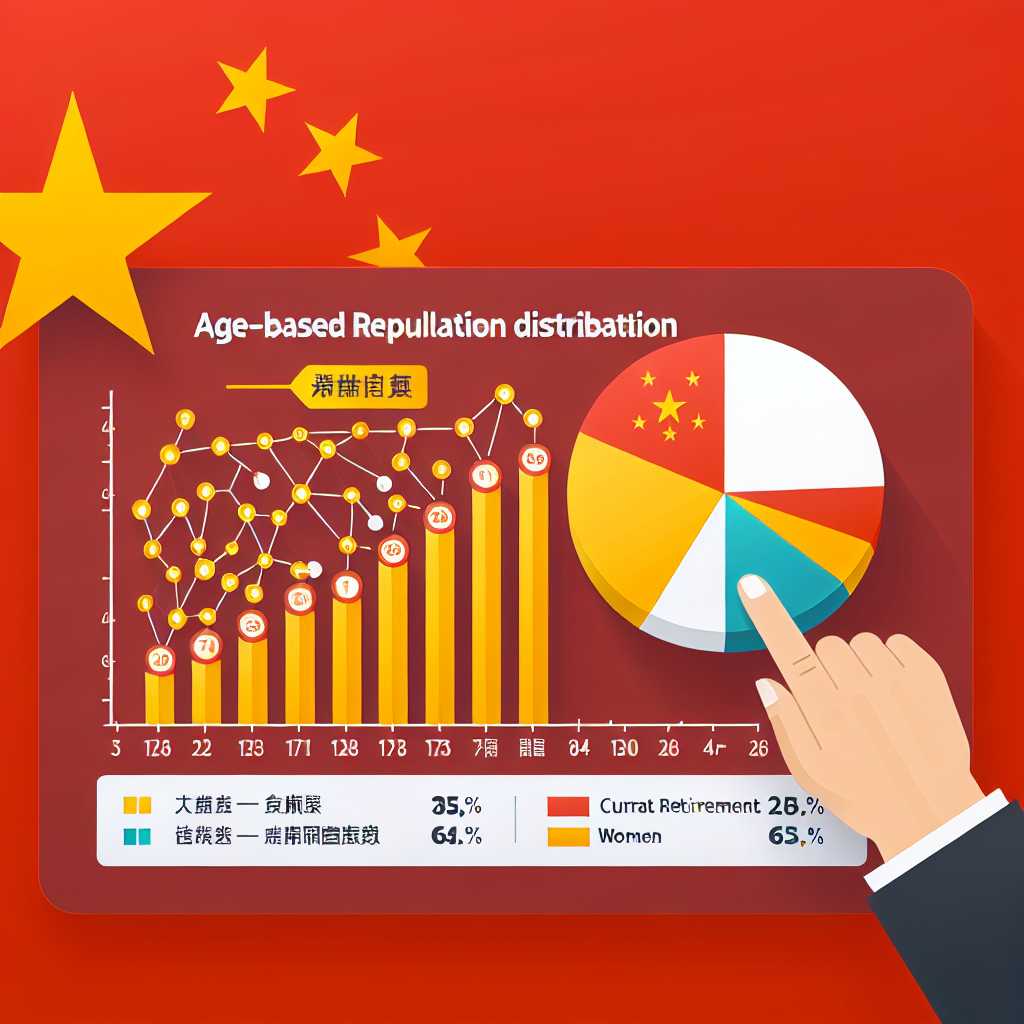Understanding China’s Retirement Age: Current Trends and Future Projections
Introduction: Navigating China’s Retirement Landscape
With a rapidly aging population and ongoing economic transformation, China’s retirement age has become a pivotal issue in the nation’s socio-economic planning. As the world’s most populous country faces unprecedented demographic challenges, adjustments to the retirement age are deemed necessary to maintain the sustainable development of its pension system and the broader economy. This article explores the current state of retirement in China, the factors influencing policy changes, and the potential implications for Chinese society.
The Current State
China’s retirement age policy is distinctive when compared to global standards. As of my knowledge cutoff date in 2023, the standard retirement age in China was 60 years for men, 55 years for female white-collar workers, and 50 years for female blue-collar workers. This system has been in place since the 1950s, reflecting historical and traditional views on work and gender roles.
However, this retirement age structure is subject to increasing scrutiny as it poses significant challenges to the pension system. The existing policy places a heavy burden on China’s working-age population to support an ever-growing cohort of retirees, contributing to a potential pension shortfall as life expectancies rise and birth rates fall.
Pressures for Change
Several pressures call for a revision of China’s retirement age, not limited to but including the country’s changing demographic makeup. The one-child policy, which was implemented from 1979 until it began to be phased out in 2015, significantly skewed the demographic structure toward an older population. As a larger fraction of Chinese society enters old age, fewer workers remain behind to support them.
Additionally, increasing life expectancies mean that retirees are drawing pensions for longer periods than initially anticipated when the current retirement ages were set. Moreover, advancements in healthcare and changing lifestyles are contributing factors that allow people to remain active contributors to the workforce well into their later years.
Another aspect is economic sustainability. With fierce global competition and rising labour costs, China must maximize its labour force potential to maintain economic growth and avoid financial strain on its pension funds.
Proposed Adjustments
In response to demographic trends and economic pressures, the Chinese government has proposed gradual increases in the retirement age. The potential changes aim to narrow the gap between China’s practice and international standards while ensuring stability in social security funds.
The proposal considers incremental adjustments over time rather than an immediate shift, thereby giving society time to adapt. This approach also mitigates pushback from those who would be directly affected by sudden changes.
Gender and Sector Considerations
An important discussion point surrounds gender differences in retirement age and requirements based on occupation types. Moving toward a more uniform retirement age presents both challenges and opportunities concerning gender equality in the workforce and acknowledges that physical demands vary across different job sectors.
Proponents of a more standardized retirement age argue that it reflects progress towards gender equality by valuing men and women’s work equally. However, detractors state that certain occupations could be unsuitable for older workers due to physical demands.
The International Context
Globally, many nations with comparable socio-economic statuses have higher retirement ages and are seeing similar upward adjustments as they also encounter aging populations and reduced birth rates. International organizations have recommended such adjustments for fiscal sustainability and adequate social security provisions.
Potential Impact on Society
A shift in retirement policies has sprawling effects across various facets of society. Employment opportunities for younger generations might initially feel constrained as older individuals stay in their roles longer. On the flip side, it could lead to increased mentorship opportunities and the transfer of know-how within companies and industries.
Adjustments may also potentially impact consumption patterns, saving behaviors, and overall economic output as individuals plan for lengthier periods of employment prior to their retirement.
